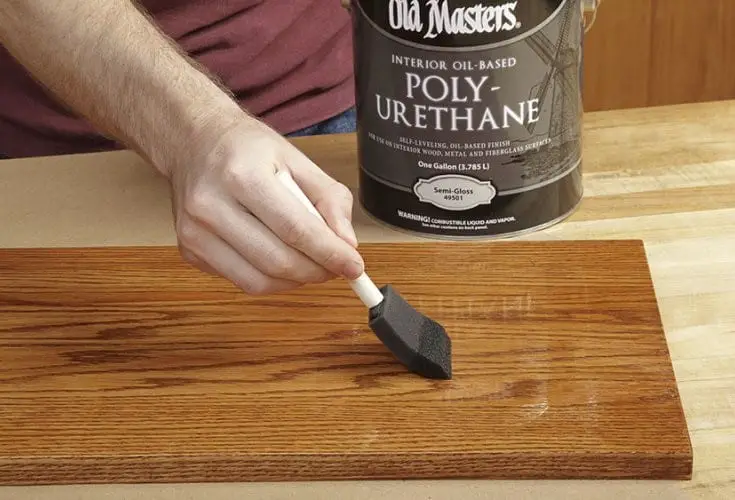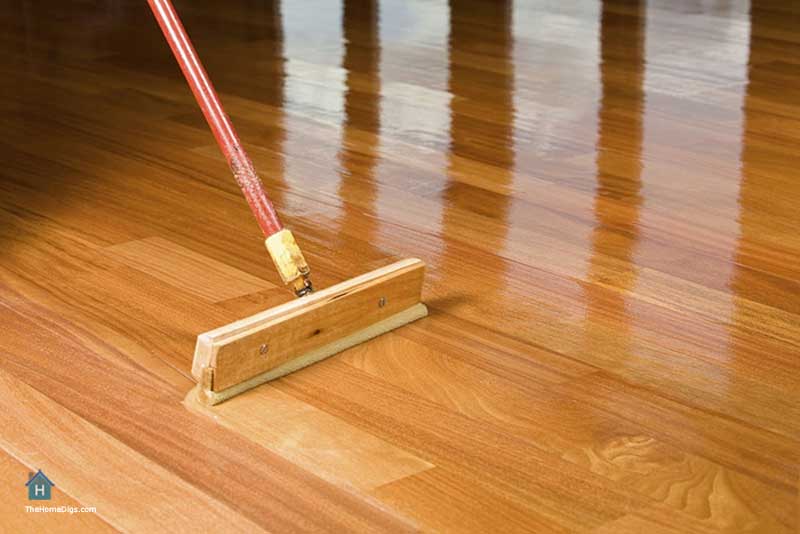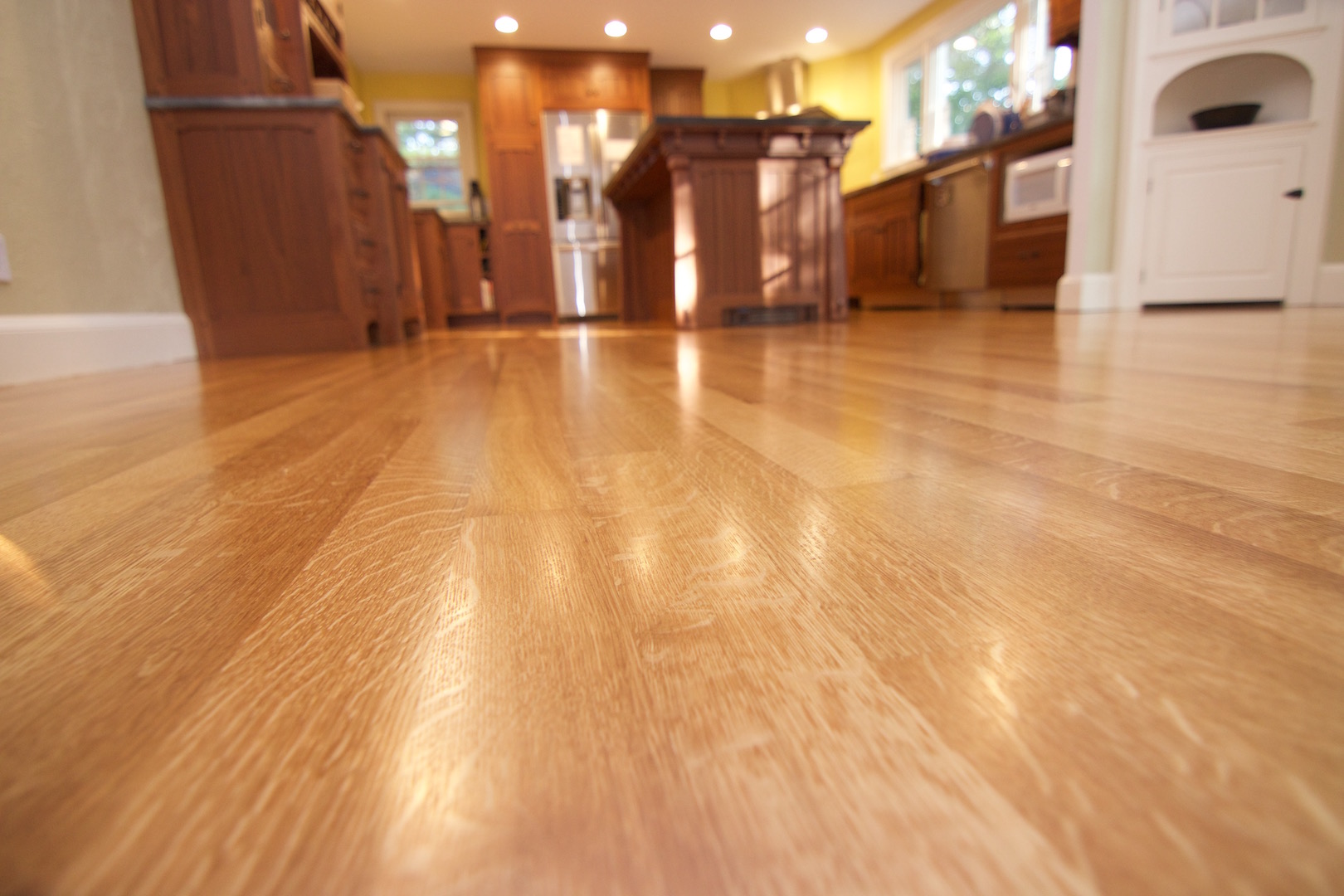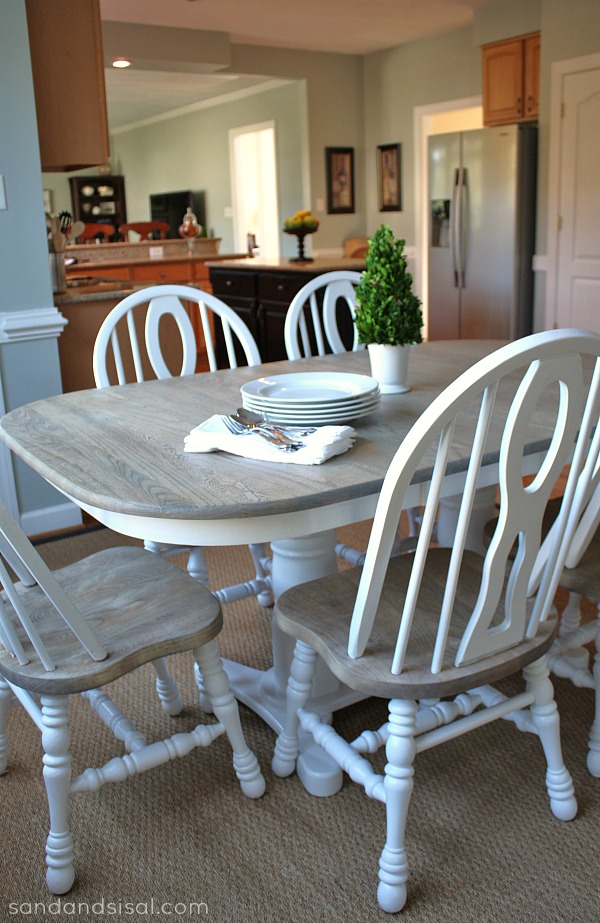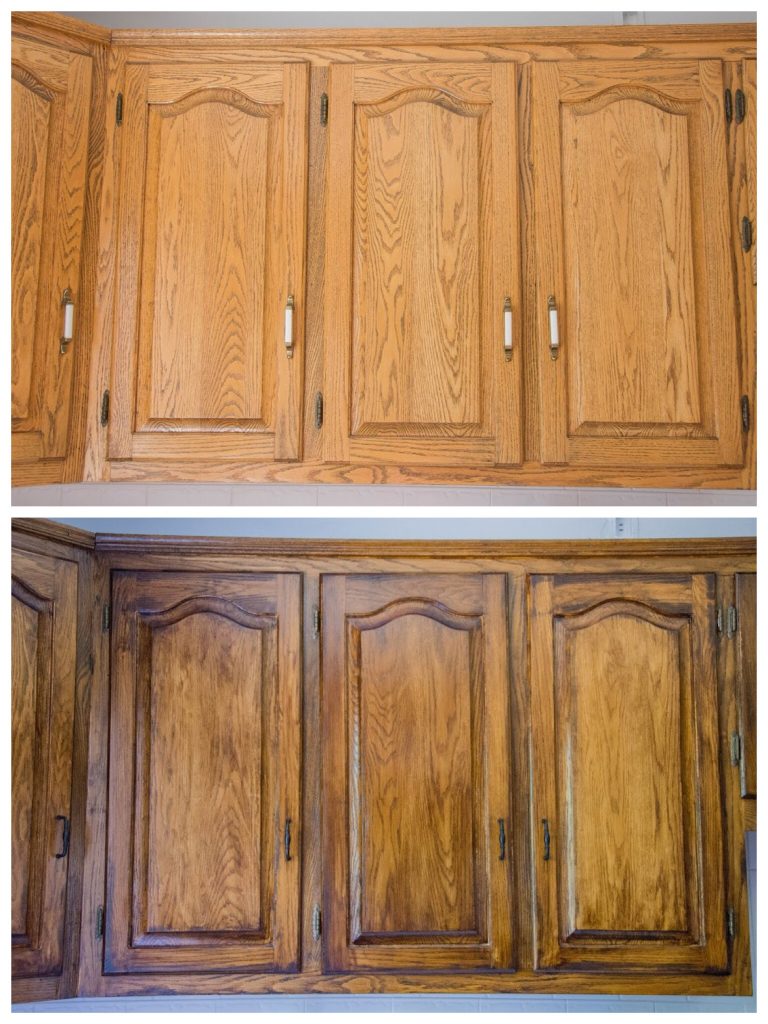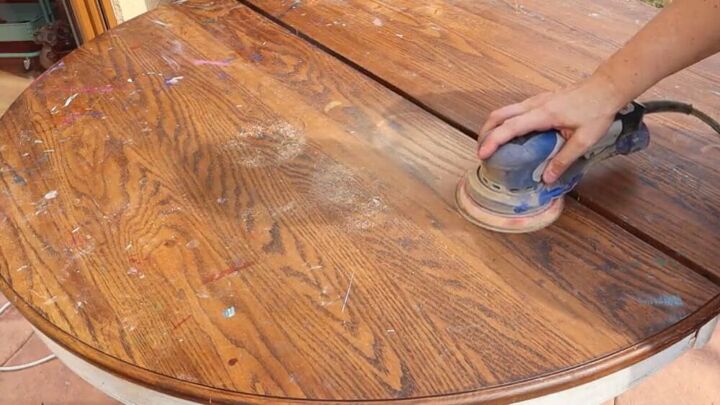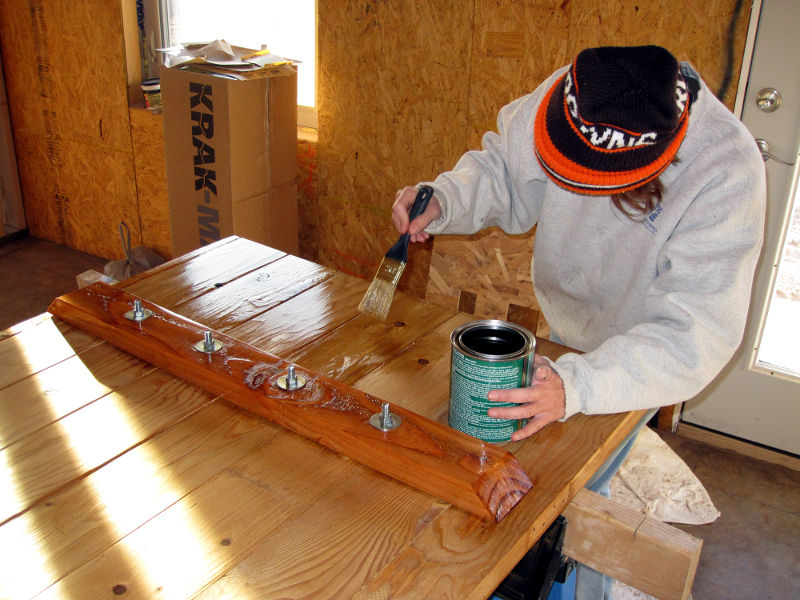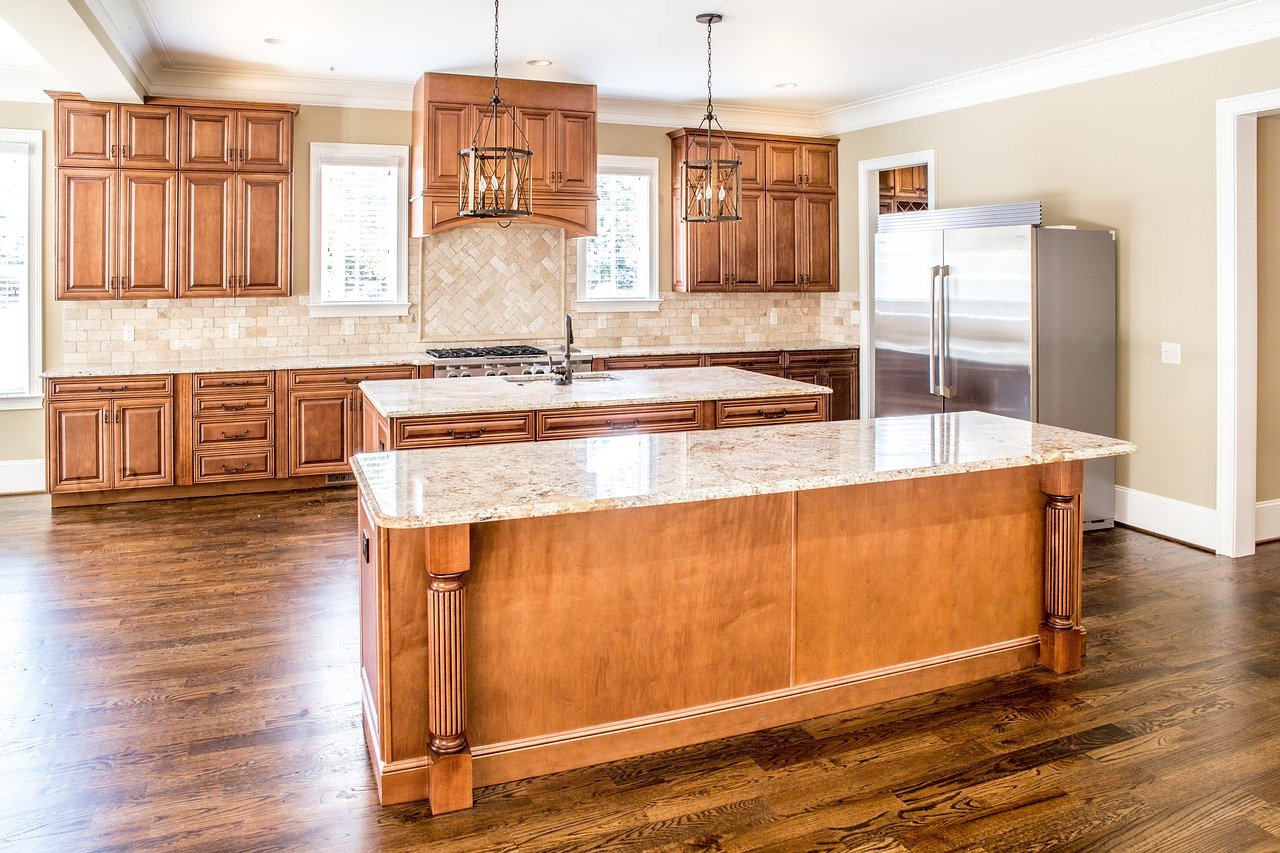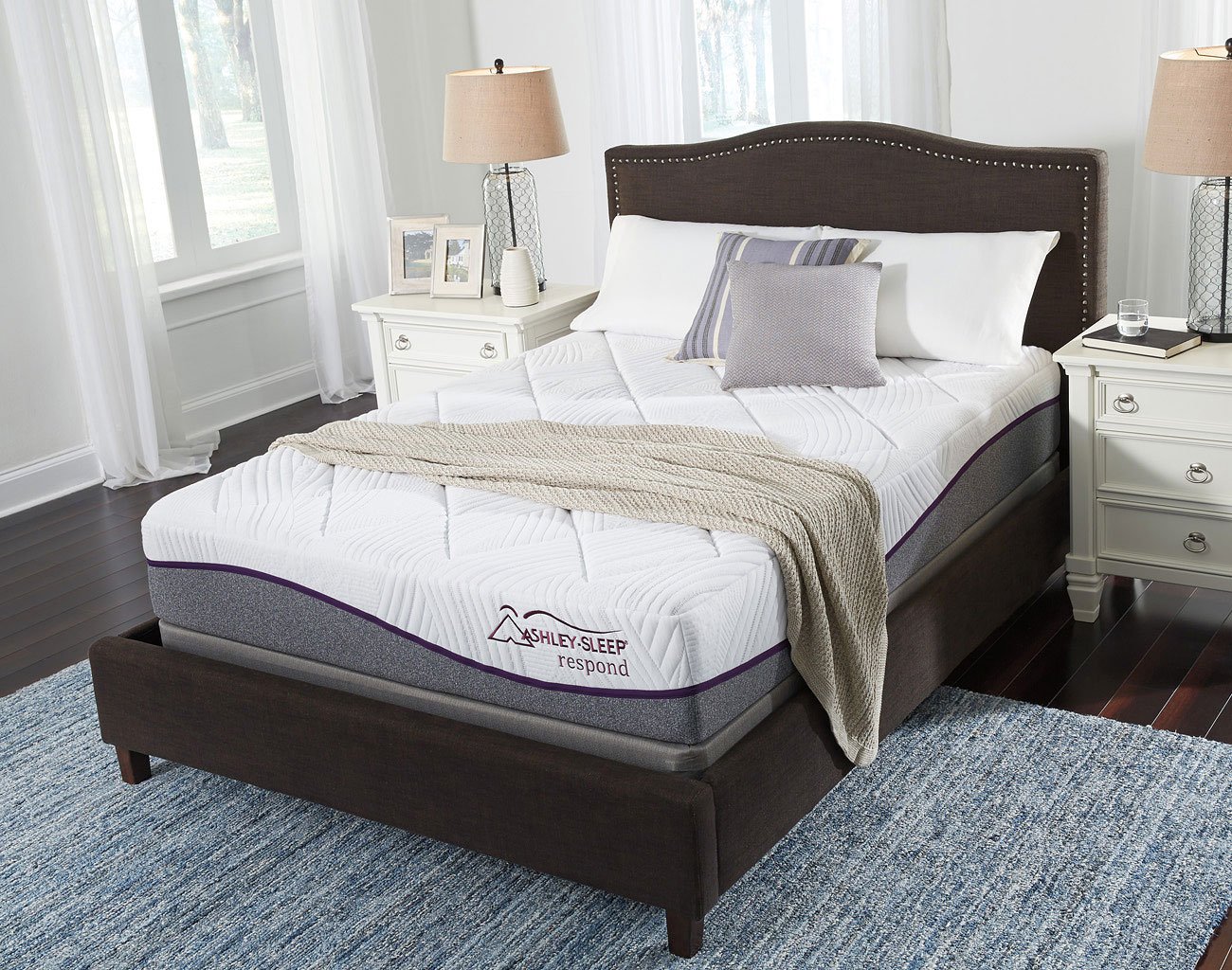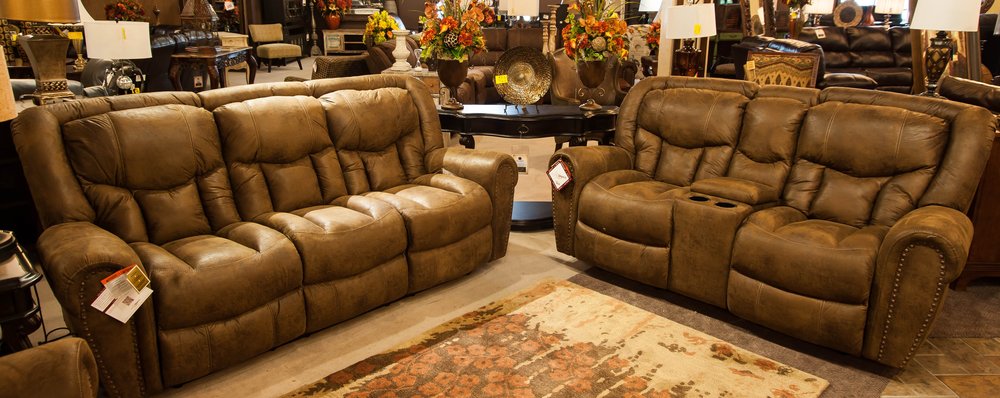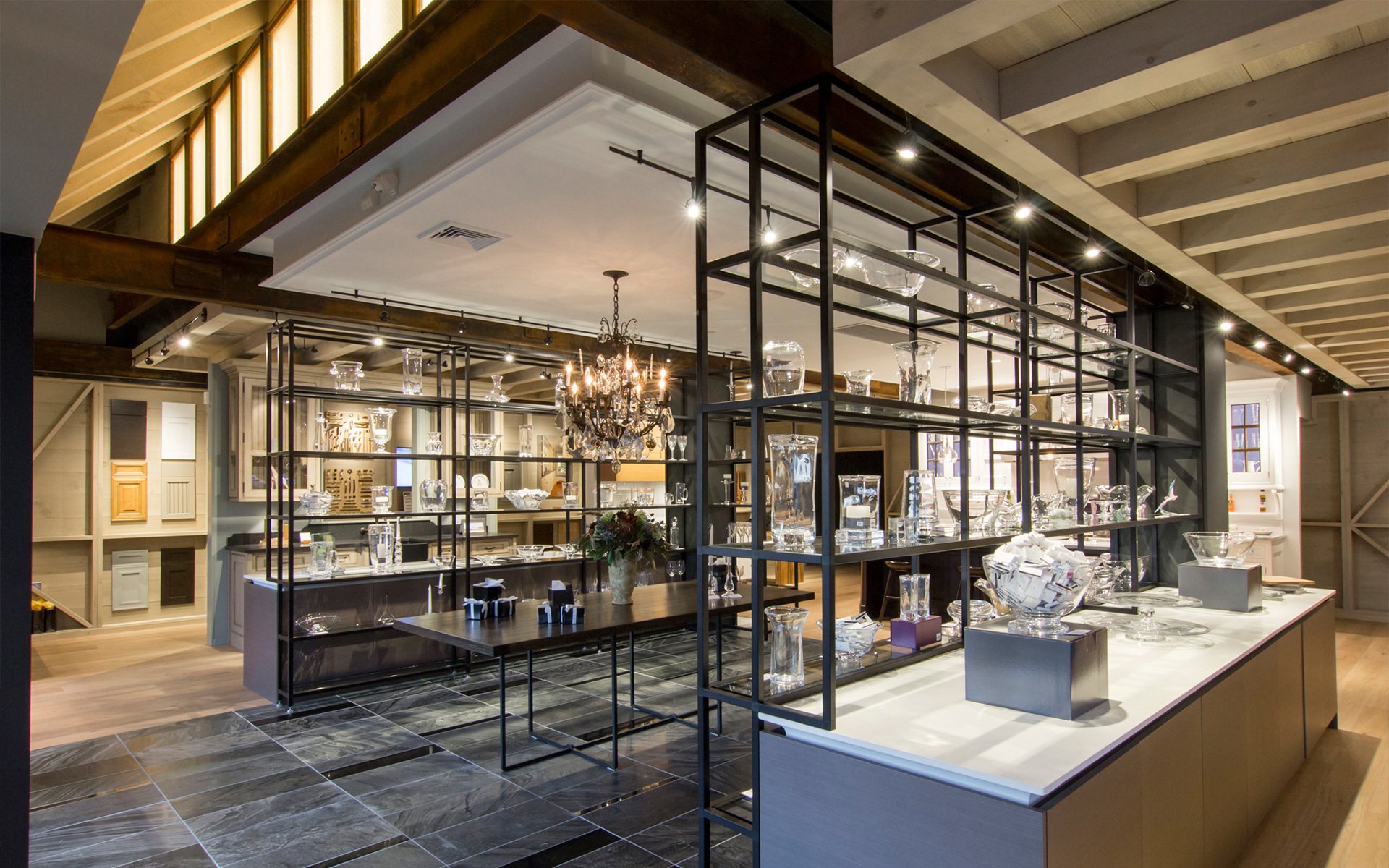1. Varnish vs Polyurethane: Which Finish to Use on Your Wood Project
When it comes to finishing a wood project, the two most popular options are varnish and polyurethane. Both are clear, protective coatings that enhance the natural beauty of wood while providing durability and protection against scratches, water damage, and UV rays. However, choosing between the two can be a bit confusing, especially for a kitchen table top where spills and heavy use are expected. In this article, we’ll discuss the differences between varnish and polyurethane and help you decide which finish is best for your kitchen table top.
2. Varnish vs Polyurethane: What's the Difference?
Both varnish and polyurethane are clear finishes, but they differ in composition and application. Varnish is made from natural resins, such as linseed or tung oil, while polyurethane is a synthetic polymer. Varnish has a thicker consistency and requires multiple coats to achieve a high-gloss finish, while polyurethane is thinner and can be applied in fewer coats. Varnish also has a longer drying time compared to polyurethane.
3. How to Choose Between Varnish and Polyurethane for Your Kitchen Table Top
The type of wood used for your kitchen table top can play a role in deciding which finish is best. Varnish tends to bring out the natural color and grain of wood, making it a great choice for hardwoods like oak or walnut. On the other hand, polyurethane can be a better option for softer woods like pine or cedar as it provides a harder, more durable surface. You should also consider the level of sheen you want, as varnish typically has a higher gloss finish compared to polyurethane.
4. The Pros and Cons of Varnish and Polyurethane for Kitchen Table Tops
Both varnish and polyurethane have their own set of advantages and disadvantages. Varnish is known for its superior resistance to heat, water, and chemicals, making it a great choice for a kitchen table top. It also provides a deep, rich color and can be easily repaired if damaged. However, varnish can have a longer drying time and may require more coats to achieve the desired finish. On the other hand, polyurethane is more scratch and stain-resistant, and it also dries faster and can be applied in fewer coats. However, it may not have the same high-gloss finish as varnish and can be more difficult to repair if damaged.
5. How to Apply Varnish or Polyurethane to Your Kitchen Table Top
Proper application of varnish or polyurethane is crucial to achieving a professional-looking finish. Before applying either finish, make sure your kitchen table top is clean and dry. Sand the surface with fine-grit sandpaper to remove any imperfections or scratches. Then, using a high-quality brush, apply thin and even coats of the chosen finish, following the direction of the wood grain. Allow the first coat to dry completely before applying additional coats. Sand lightly between coats for a smooth finish.
6. Best Varnish and Polyurethane Brands for Kitchen Table Tops
When it comes to choosing the best varnish or polyurethane for your kitchen table top, it’s important to select a high-quality brand that will provide the best protection and finish. Some popular varnish brands include Minwax, Rust-Oleum, and Helmsman. For polyurethane, brands like Varathane, General Finishes, and Cabot are known for their durability and quality. It’s always a good idea to read reviews and compare products to find the best fit for your project.
7. How to Prep Your Kitchen Table Top for Varnish or Polyurethane
Before applying varnish or polyurethane, it’s essential to properly prep your kitchen table top. Start by cleaning the surface with a mild detergent and water to remove any dirt or grime. Then, sand the surface with fine-grit sandpaper to smooth out imperfections and open the wood pores for better absorption of the finish. Make sure to wipe off any dust or debris before applying the finish.
8. Tips for Achieving a Professional Finish with Varnish or Polyurethane
To achieve a smooth and flawless finish on your kitchen table top, here are a few helpful tips:
• Use a high-quality brush: A good brush with fine bristles will help you apply the finish evenly and avoid brush strokes.
• Remove dust between coats: Sand lightly between coats and use a tack cloth to remove any dust or debris before applying the next coat.
• Avoid shaking the can: Shaking varnish or polyurethane can create air bubbles, which can show up on the surface of your project. Instead, gently stir the finish with a stir stick.
• Apply in a well-ventilated area: Both varnish and polyurethane emit strong fumes, so it’s important to work in a well-ventilated area to avoid inhaling the chemicals.
9. How to Maintain and Refinish a Varnished or Polyurethane Kitchen Table Top
With proper care, a varnished or polyurethane kitchen table top can last for many years. To maintain its shine and protect it from damage, avoid placing hot dishes or pots directly on the surface. Use coasters or trivets to protect the finish. Wipe up spills immediately to prevent stains, and clean the surface regularly with a mild cleaner. If your kitchen table top does get damaged, you can sand down the finish and reapply a new coat of varnish or polyurethane.
10. Varnish or Polyurethane: Which is Better for High-Traffic Kitchen Table Tops?
In the end, the choice between varnish and polyurethane for your kitchen table top will depend on your personal preferences and the type of wood used. However, for a high-traffic area like a kitchen, polyurethane may be a better option due to its durability and resistance to scratches and stains. Whichever finish you choose, make sure to follow proper application and maintenance techniques for a beautiful and long-lasting kitchen table top.
Why Polyurethane is the Best Choice for Your Kitchen Table Top

The Importance of Choosing the Right Finish
/cdn.vox-cdn.com/uploads/chorus_asset/file/19511062/gallery_chair_stain.jpg) When it comes to designing a kitchen, every detail matters. From the cabinets to the countertops, each element plays a crucial role in creating a functional and aesthetically pleasing space. One of the most important decisions you will make in designing your kitchen is choosing the right finish for your table top. While there are many options available,
polyurethane
stands out as the best choice for a
kitchen table top
.
When it comes to designing a kitchen, every detail matters. From the cabinets to the countertops, each element plays a crucial role in creating a functional and aesthetically pleasing space. One of the most important decisions you will make in designing your kitchen is choosing the right finish for your table top. While there are many options available,
polyurethane
stands out as the best choice for a
kitchen table top
.
The Benefits of Polyurethane
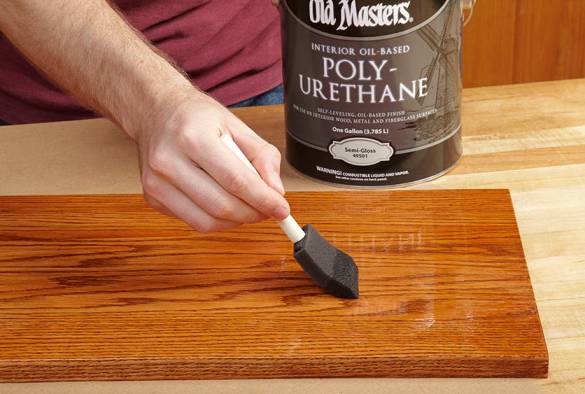 Polyurethane is a type of finish that is known for its durability and versatility. It is made from a combination of synthetic resins, making it resistant to scratches, stains, and heat. This makes it perfect for a
kitchen table top
that is constantly exposed to food spills, hot dishes, and daily use.
Another advantage of polyurethane is its ability to enhance the natural beauty of wood. It comes in a variety of finishes, such as matte, satin, and gloss, allowing you to choose the level of shine that best suits your design aesthetic. This finish also has a smooth and sleek appearance, giving your
kitchen table top
a modern and elegant look.
Polyurethane is a type of finish that is known for its durability and versatility. It is made from a combination of synthetic resins, making it resistant to scratches, stains, and heat. This makes it perfect for a
kitchen table top
that is constantly exposed to food spills, hot dishes, and daily use.
Another advantage of polyurethane is its ability to enhance the natural beauty of wood. It comes in a variety of finishes, such as matte, satin, and gloss, allowing you to choose the level of shine that best suits your design aesthetic. This finish also has a smooth and sleek appearance, giving your
kitchen table top
a modern and elegant look.
The Drawbacks of Varnish
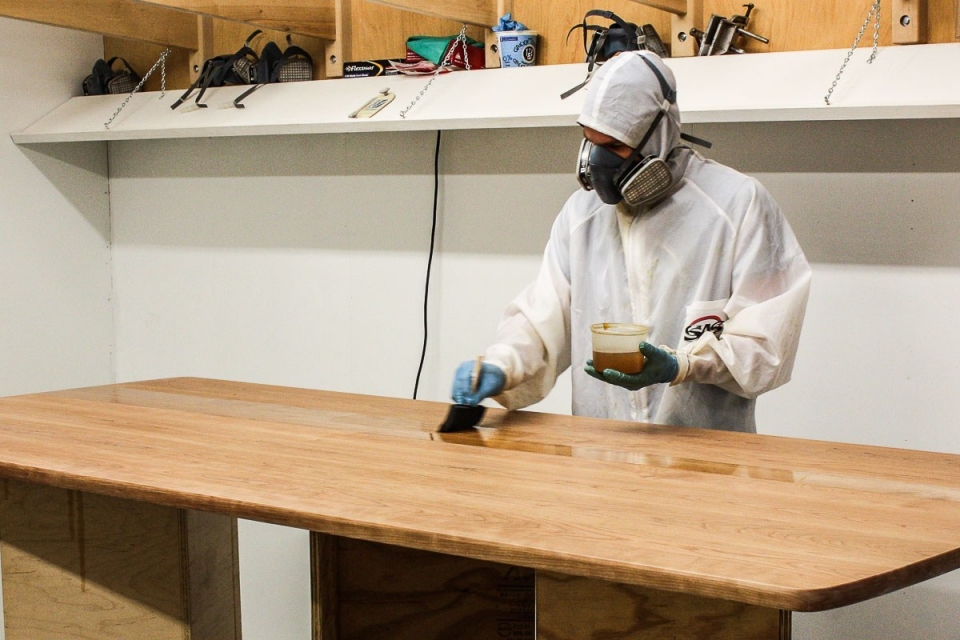 In comparison, varnish is a traditional finish that has been used for centuries. It is made from natural resins and oils, giving it a more eco-friendly appeal. However, when it comes to
kitchen table tops
, varnish falls short in terms of durability. It is not as resistant to scratches and stains as polyurethane, and it can also become sticky and difficult to clean over time.
Additionally, varnish takes a longer time to dry and requires multiple coats, which can be time-consuming and labor-intensive. It also tends to yellow over time, making it less desirable for a
kitchen table top
that is meant to have a clean and bright appearance.
In comparison, varnish is a traditional finish that has been used for centuries. It is made from natural resins and oils, giving it a more eco-friendly appeal. However, when it comes to
kitchen table tops
, varnish falls short in terms of durability. It is not as resistant to scratches and stains as polyurethane, and it can also become sticky and difficult to clean over time.
Additionally, varnish takes a longer time to dry and requires multiple coats, which can be time-consuming and labor-intensive. It also tends to yellow over time, making it less desirable for a
kitchen table top
that is meant to have a clean and bright appearance.
The Verdict
 In conclusion, when it comes to choosing a finish for your
kitchen table top
, polyurethane is the clear winner. Its durability, versatility, and ability to enhance the natural beauty of wood make it the perfect choice for a functional and stylish kitchen. So, if you want a
kitchen table top
that will stand the test of time, choose polyurethane.
In conclusion, when it comes to choosing a finish for your
kitchen table top
, polyurethane is the clear winner. Its durability, versatility, and ability to enhance the natural beauty of wood make it the perfect choice for a functional and stylish kitchen. So, if you want a
kitchen table top
that will stand the test of time, choose polyurethane.




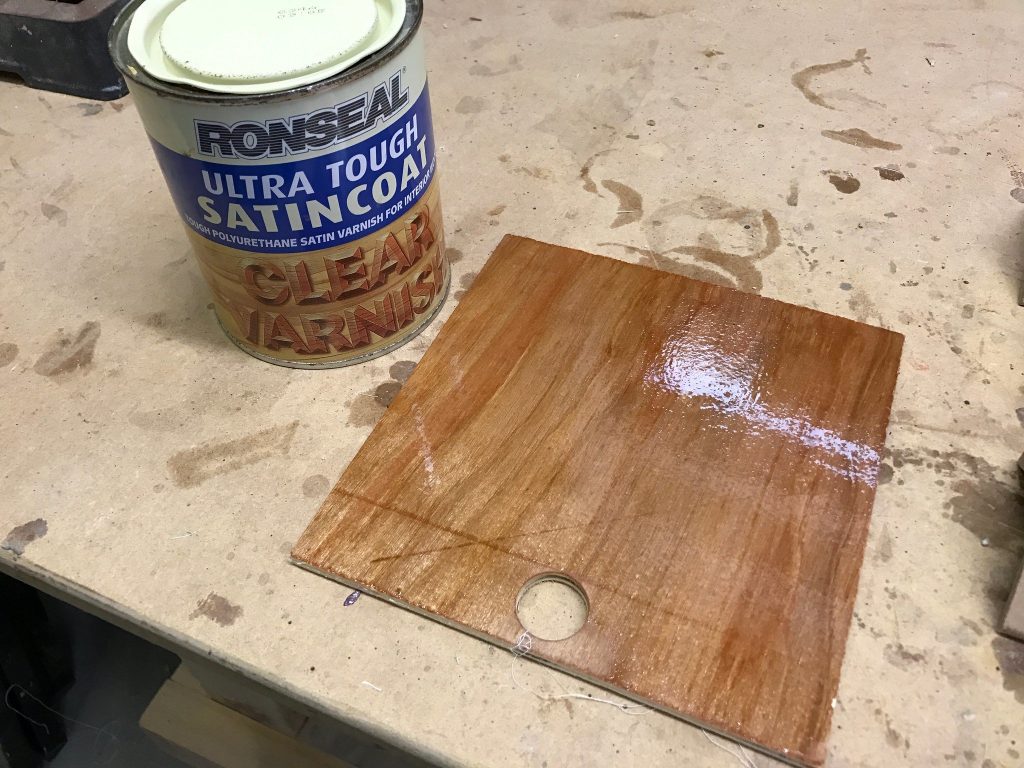



:max_bytes(150000):strip_icc()/what-is-varnish-5219382-final-769e617c97924959b047d49b97c62bae.png)
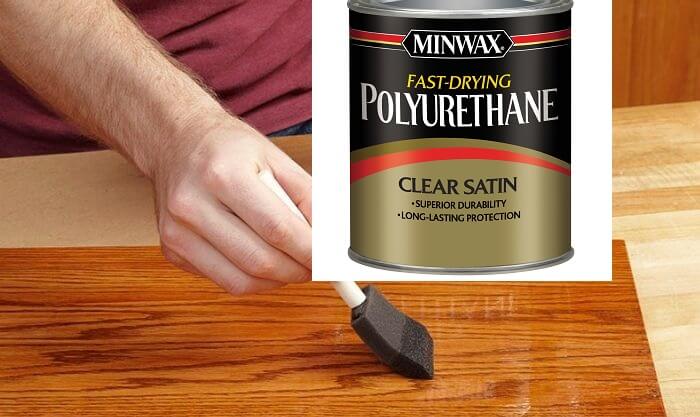

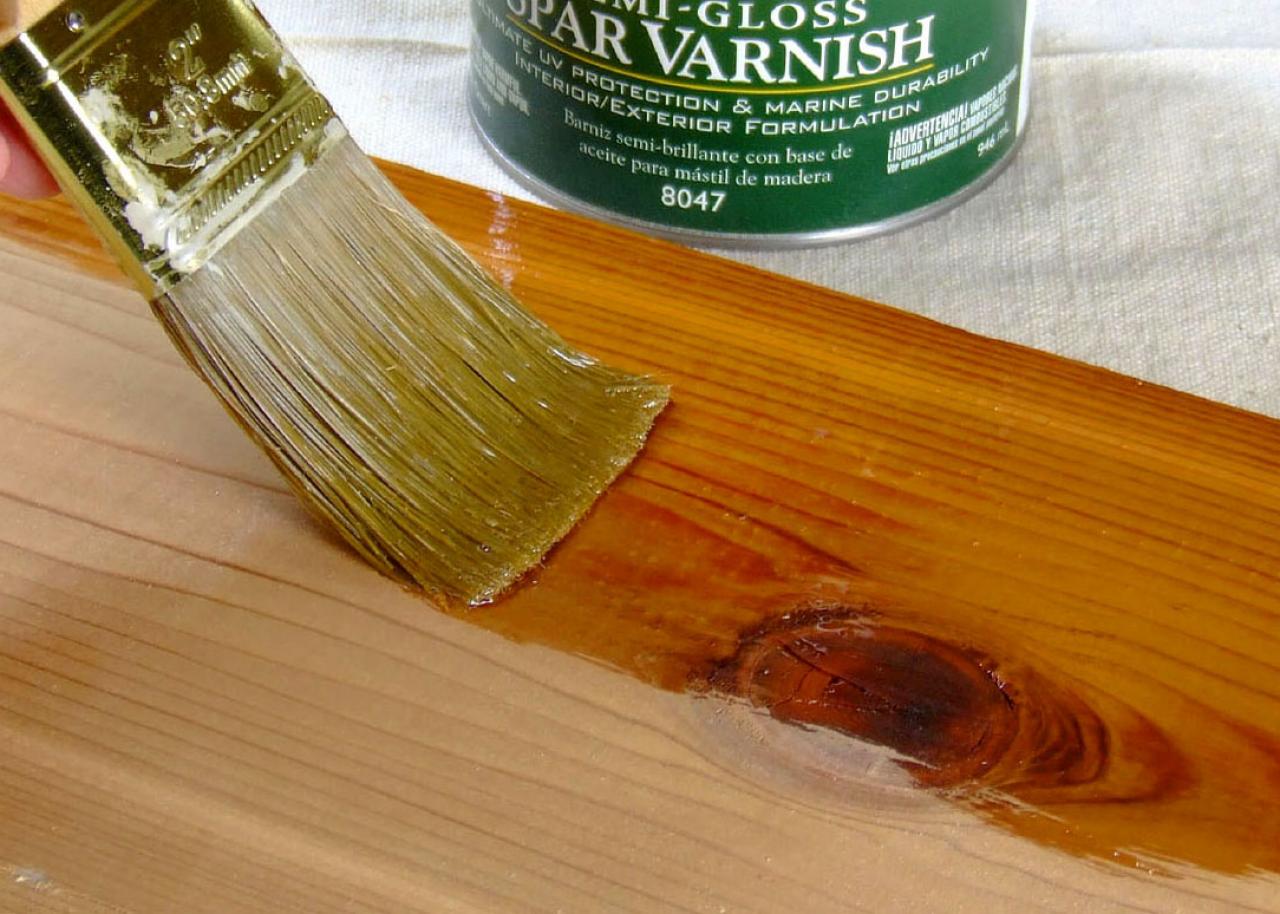



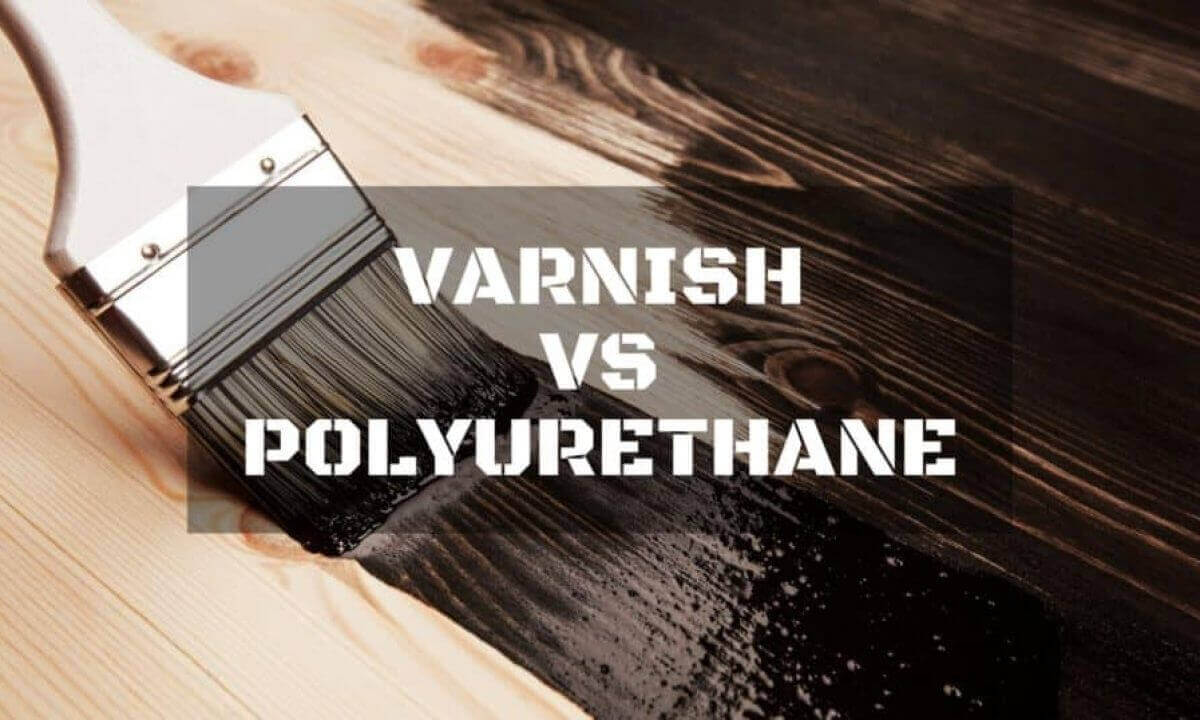



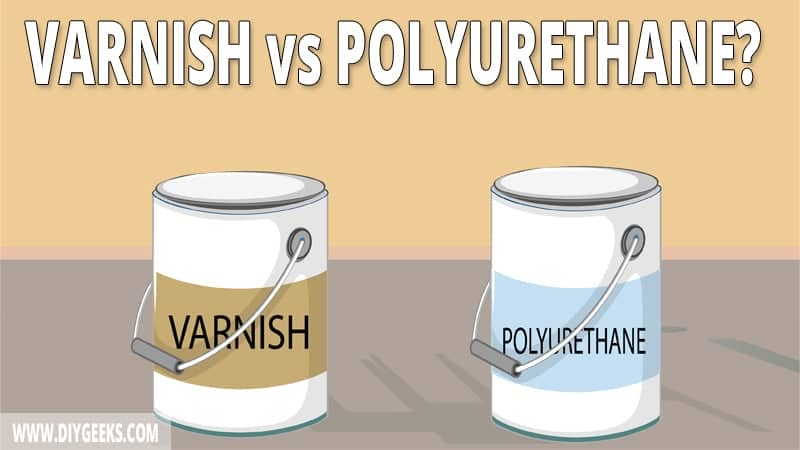


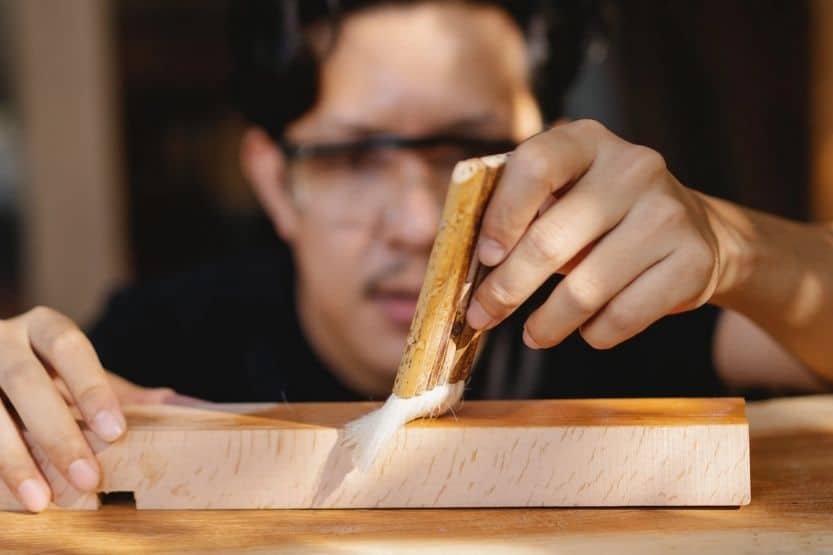
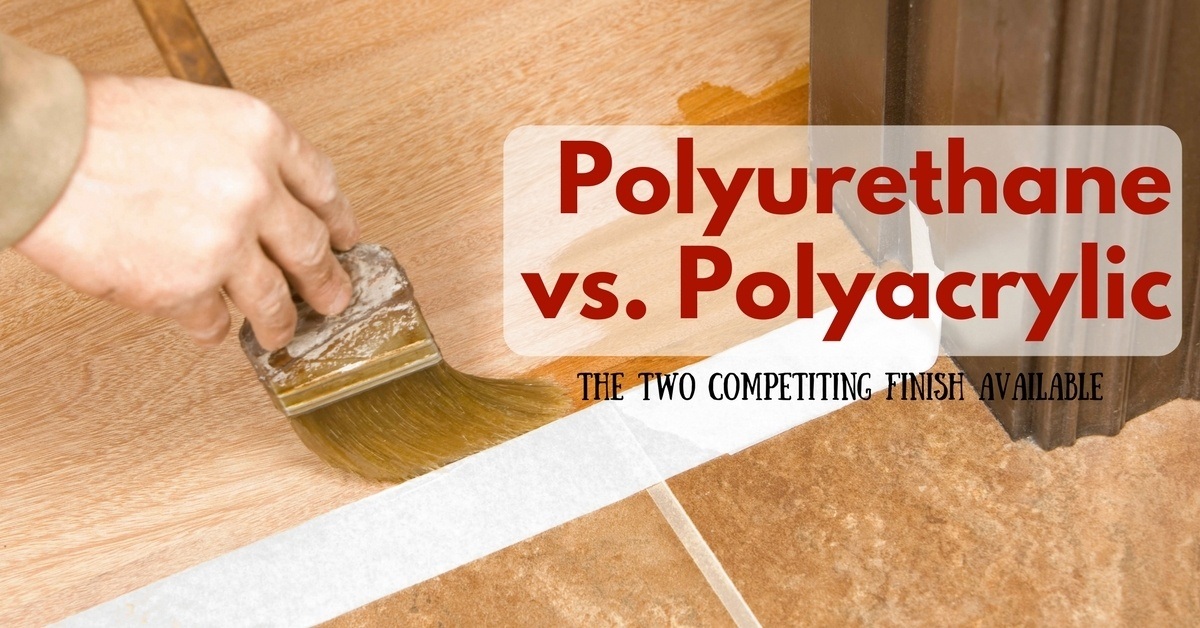
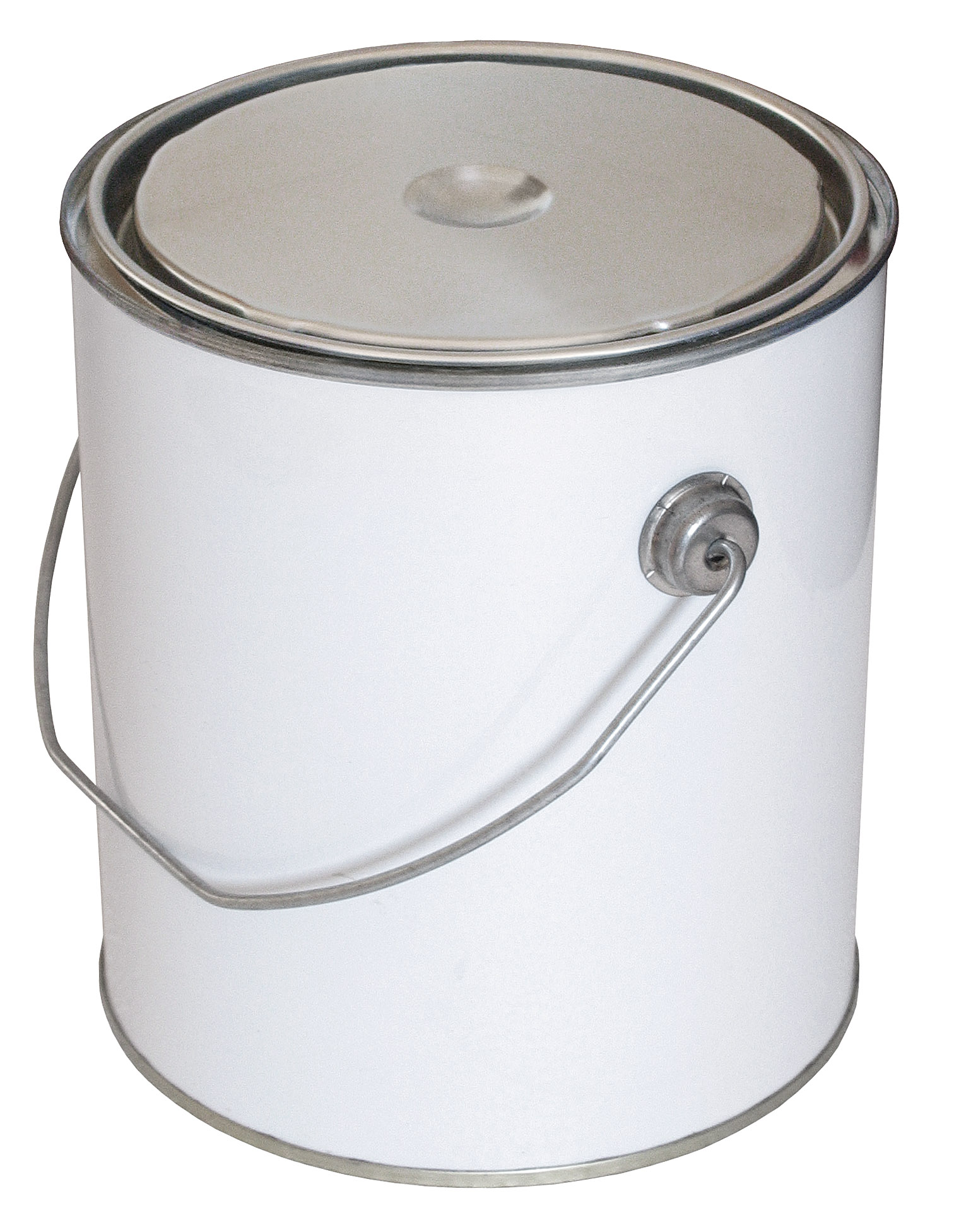
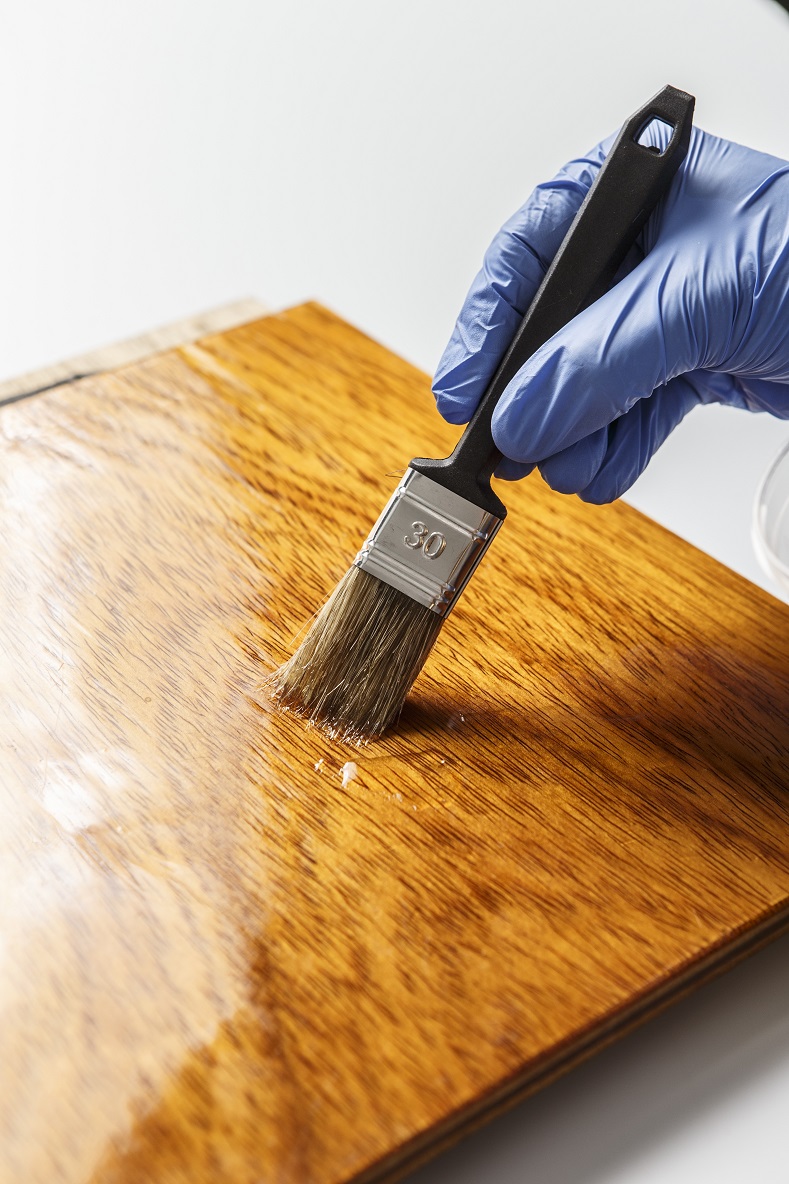
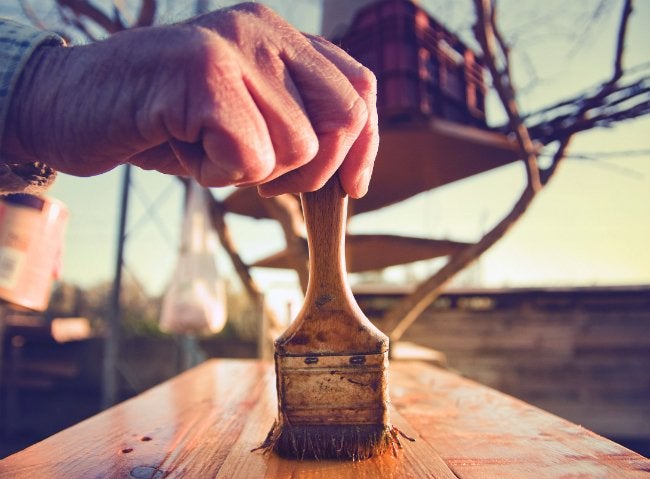
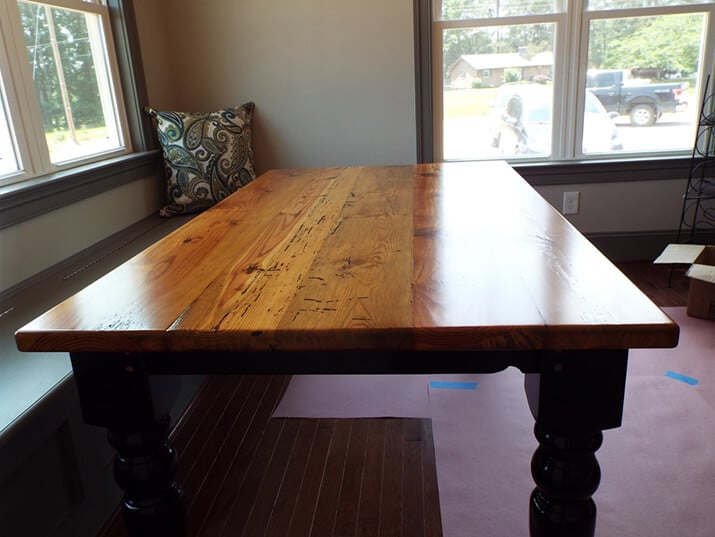

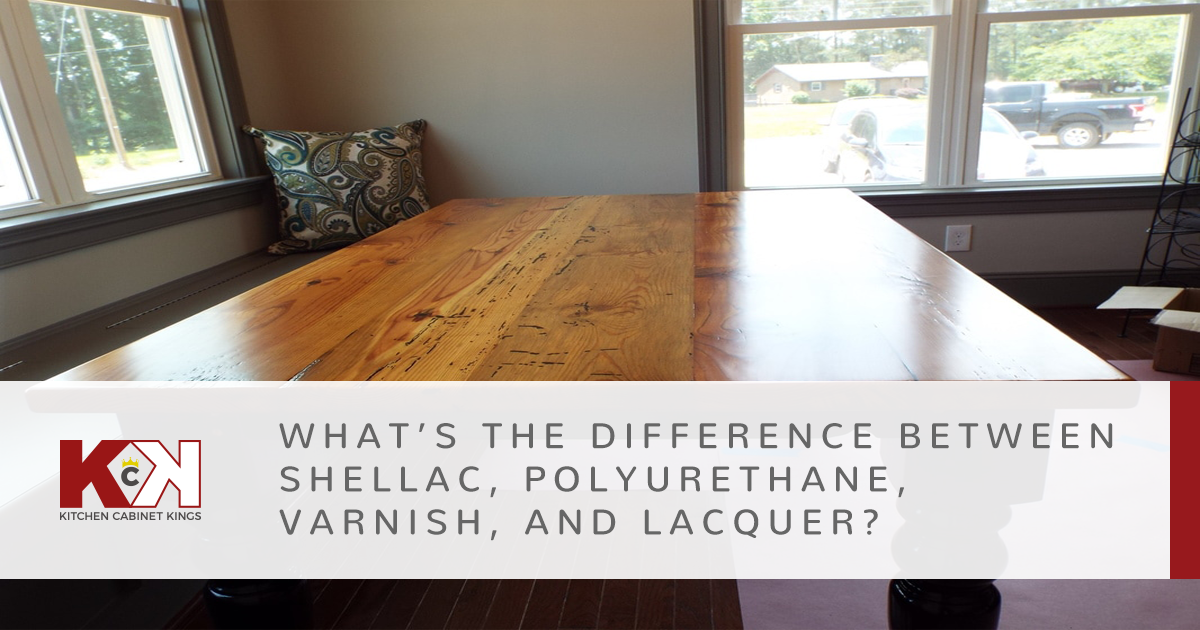
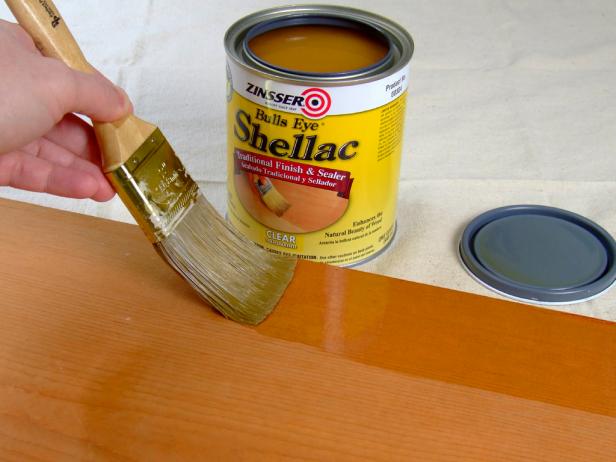
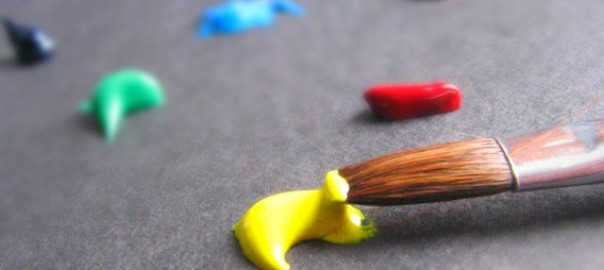
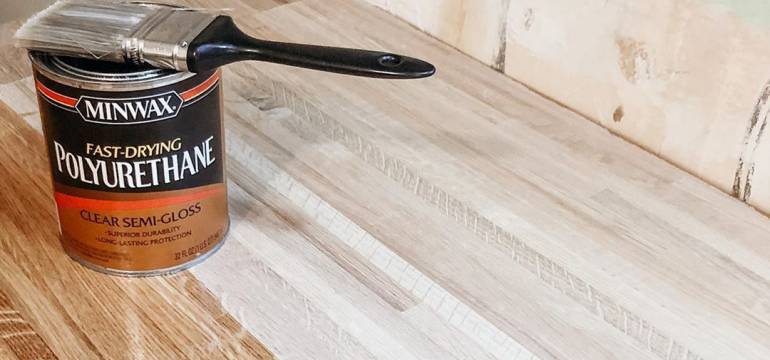


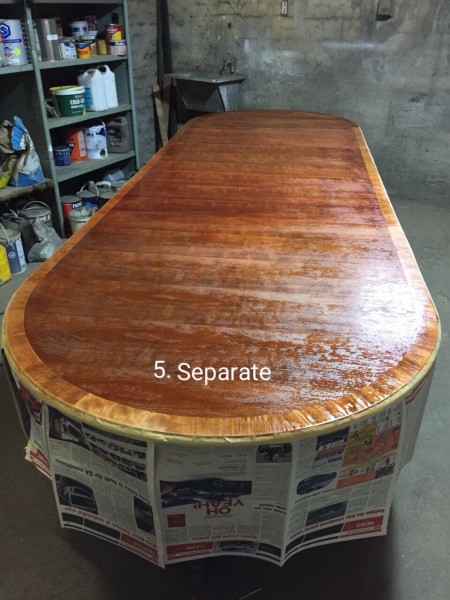
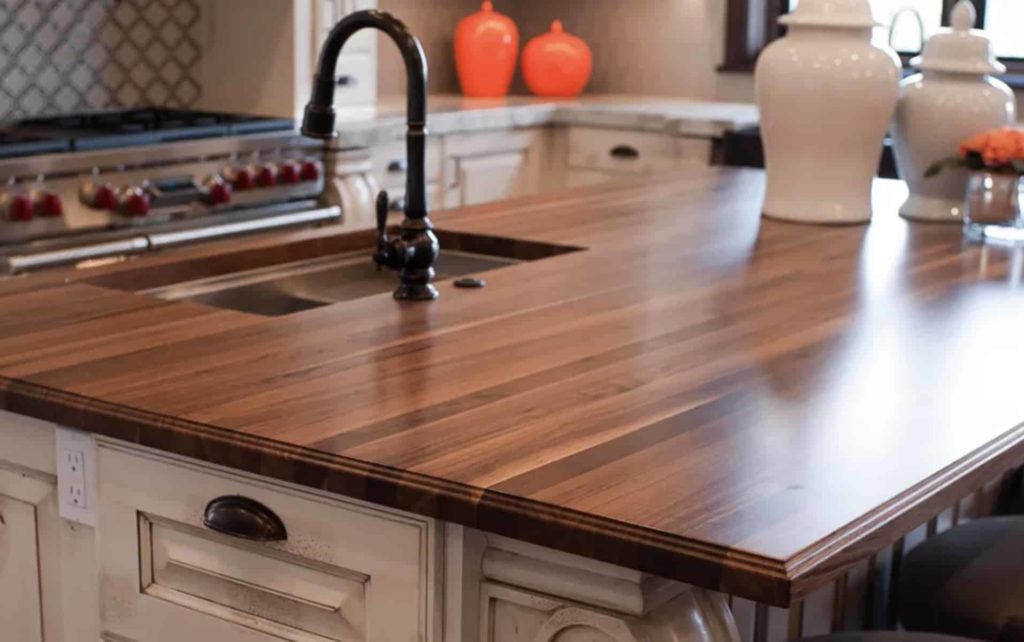


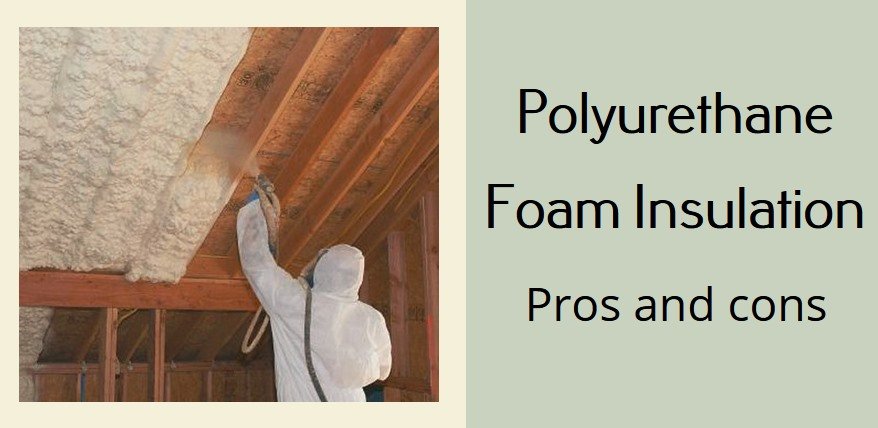
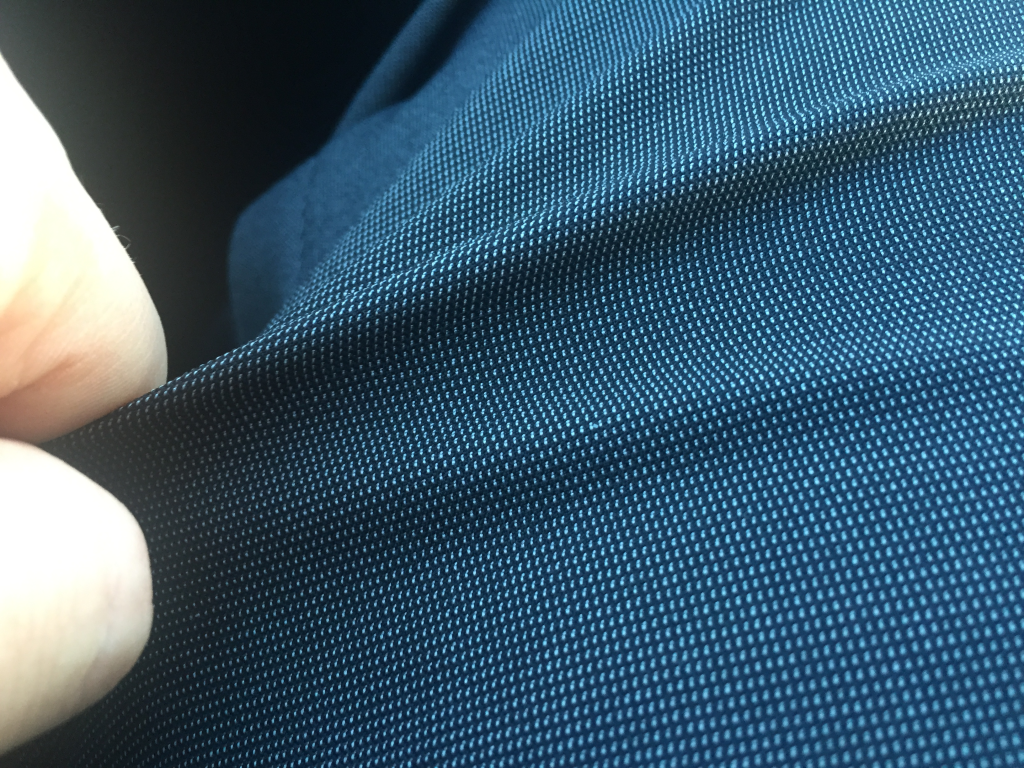
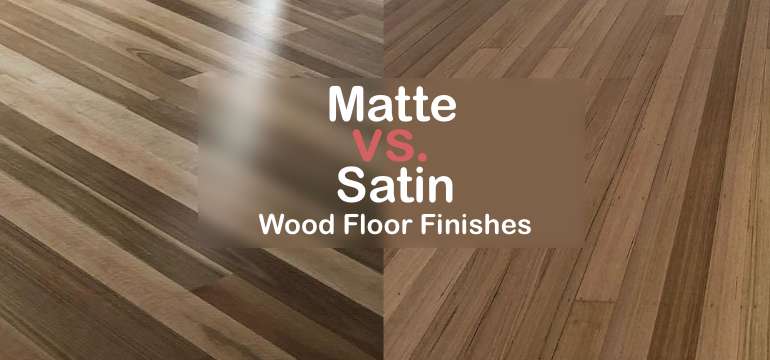
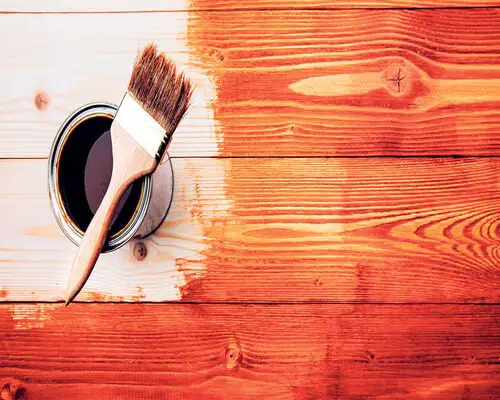

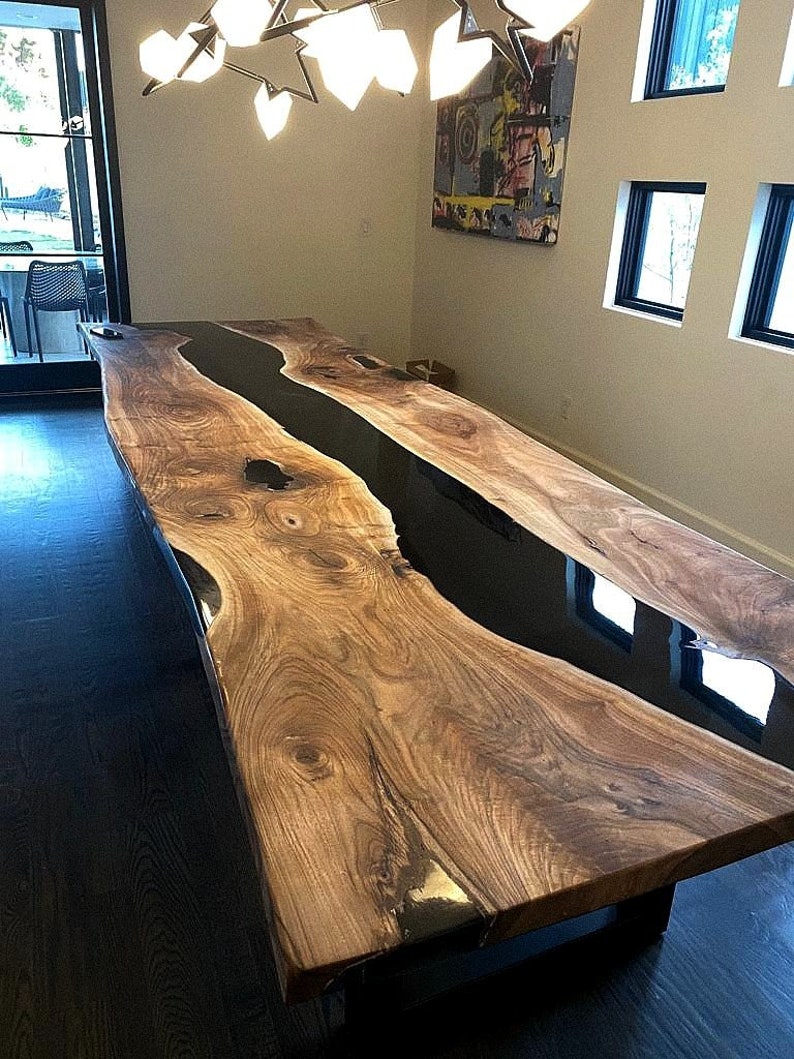
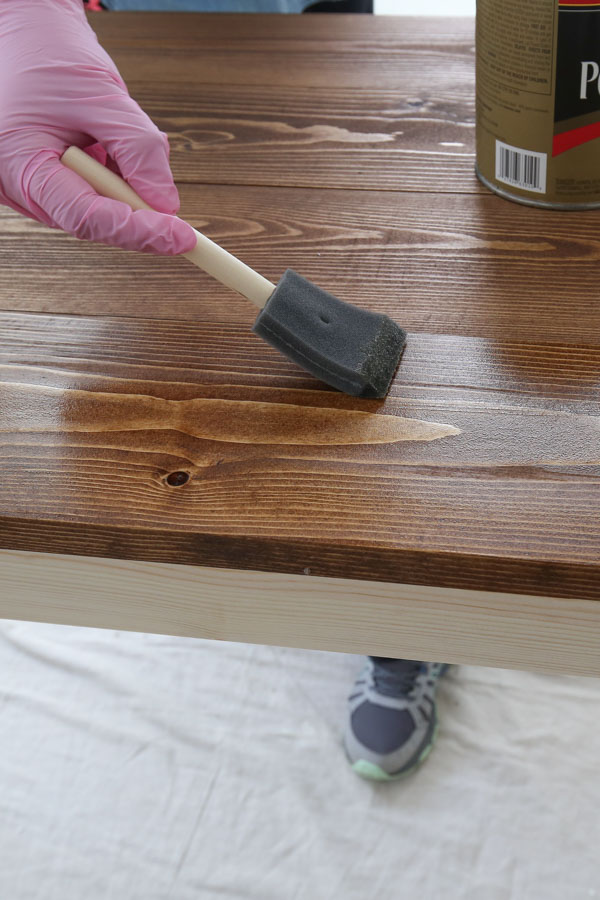

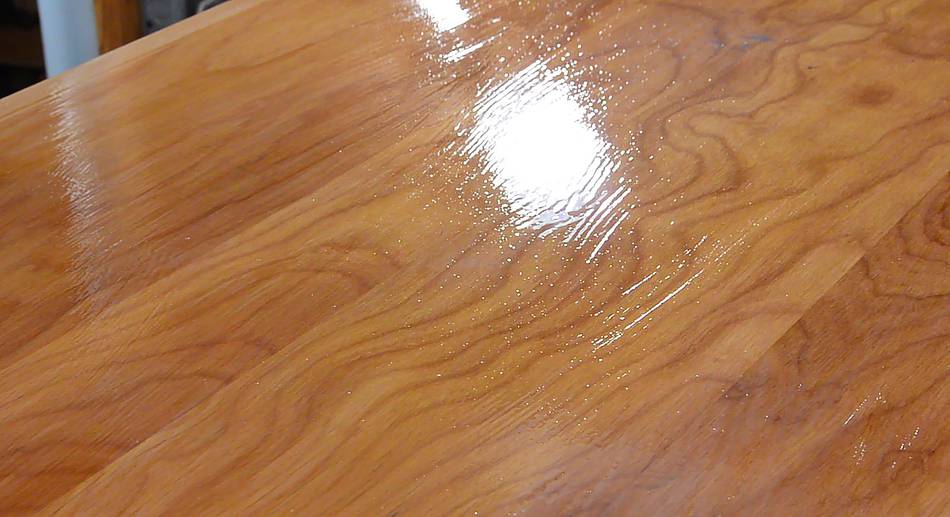
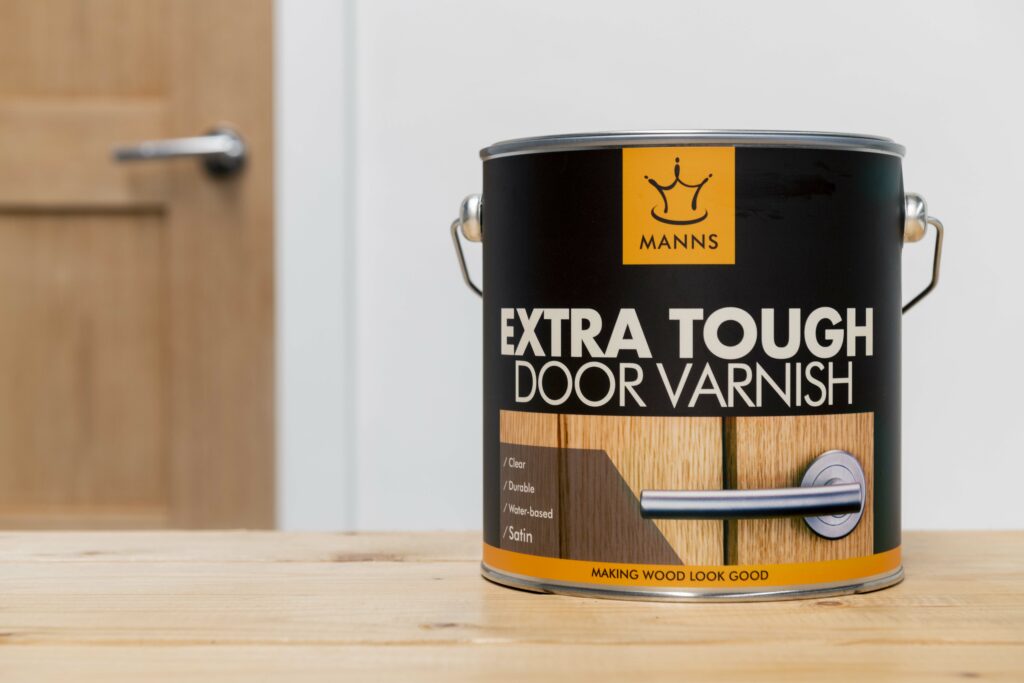
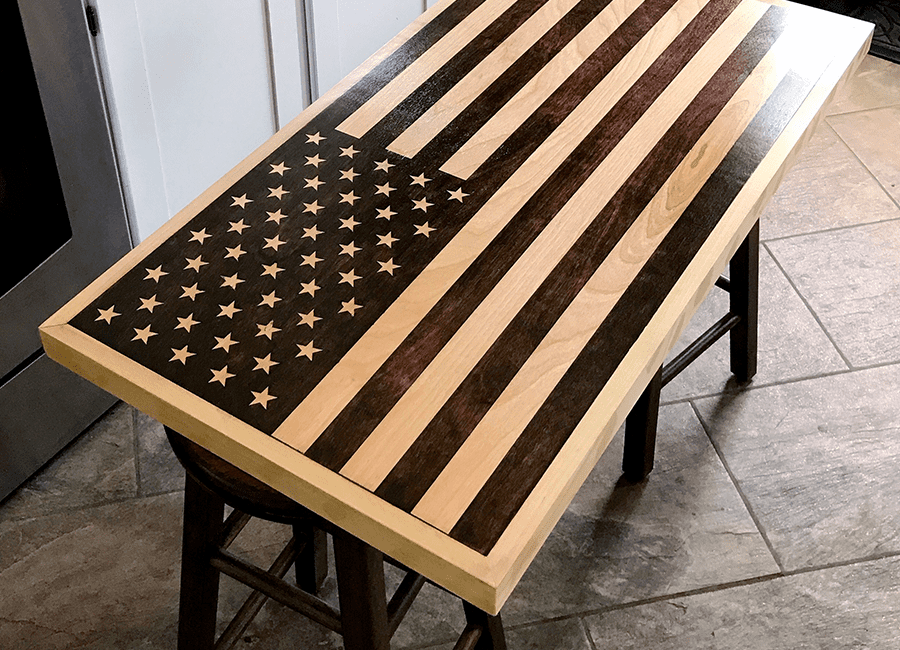
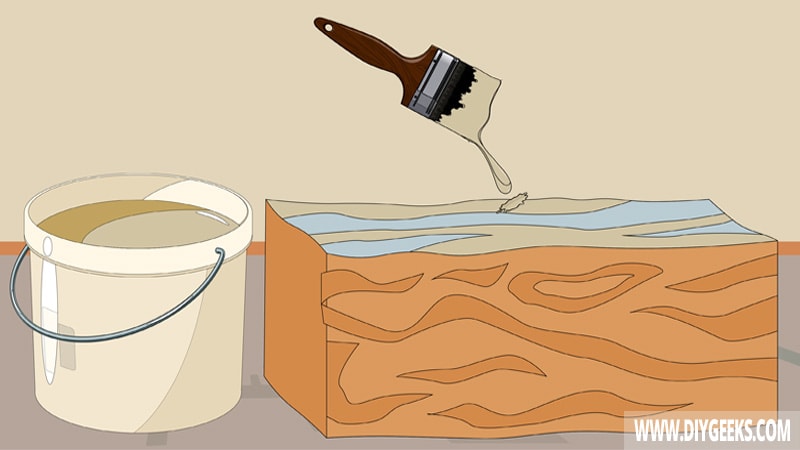
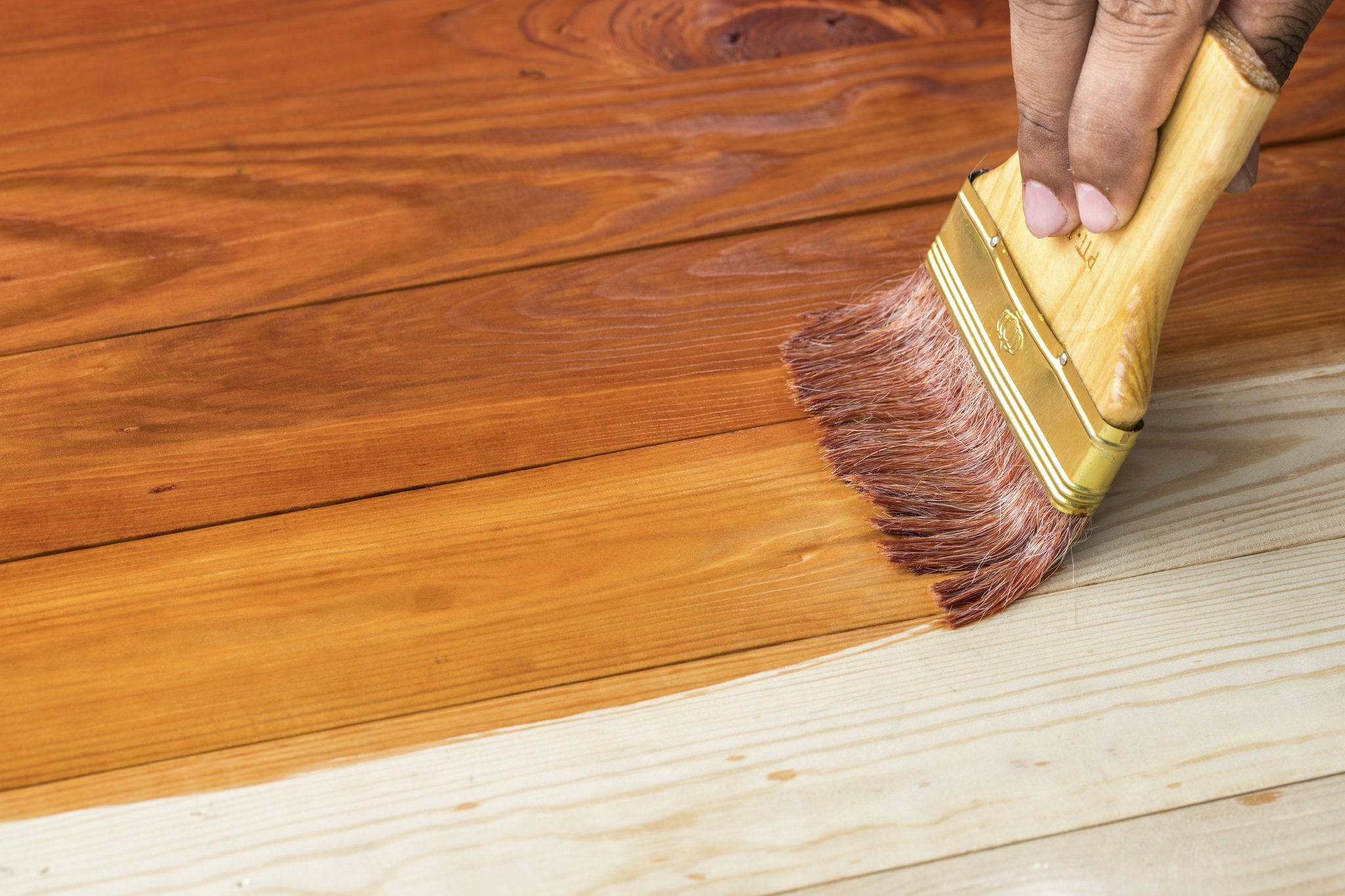
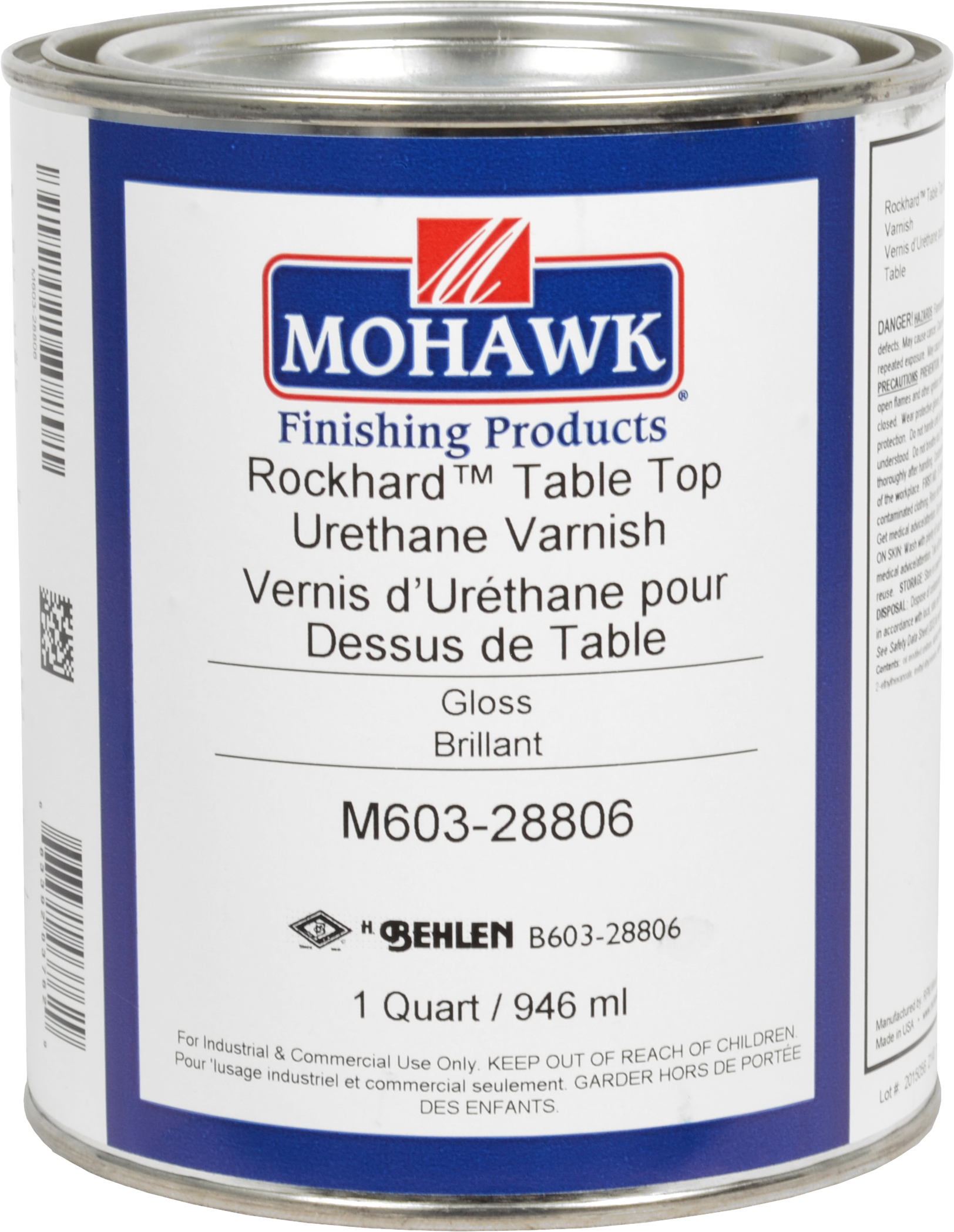




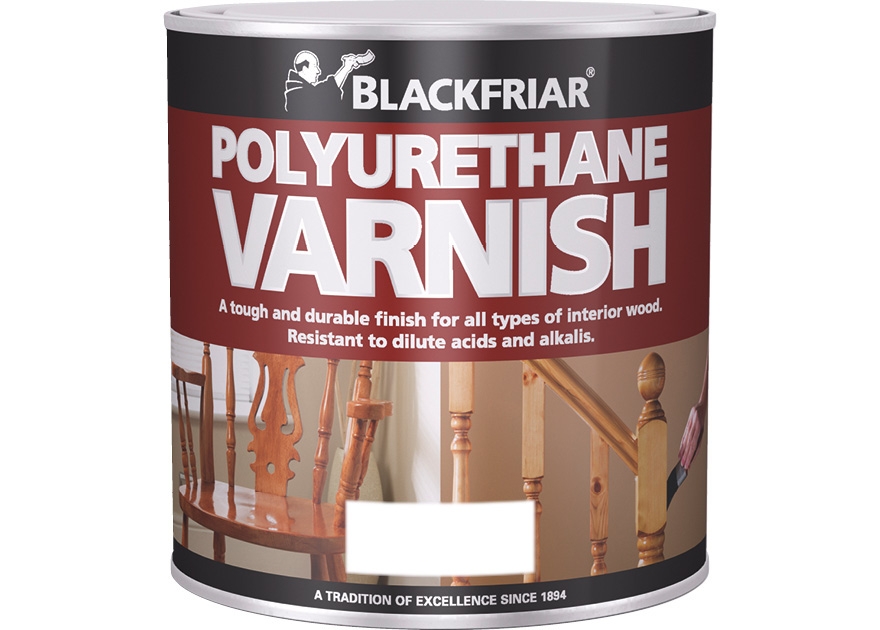

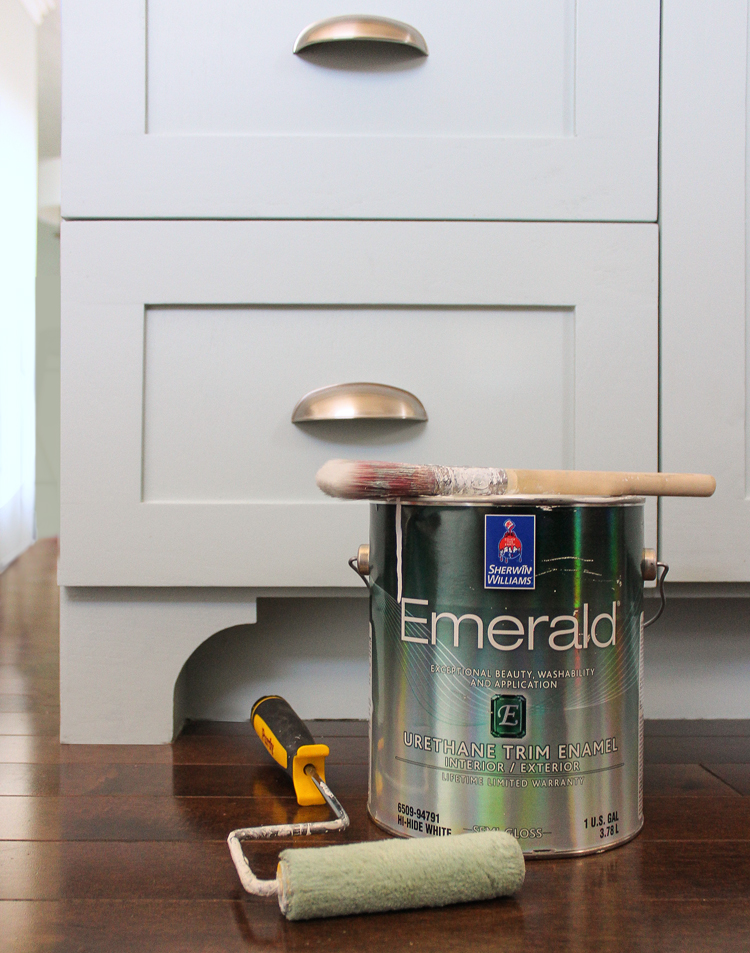





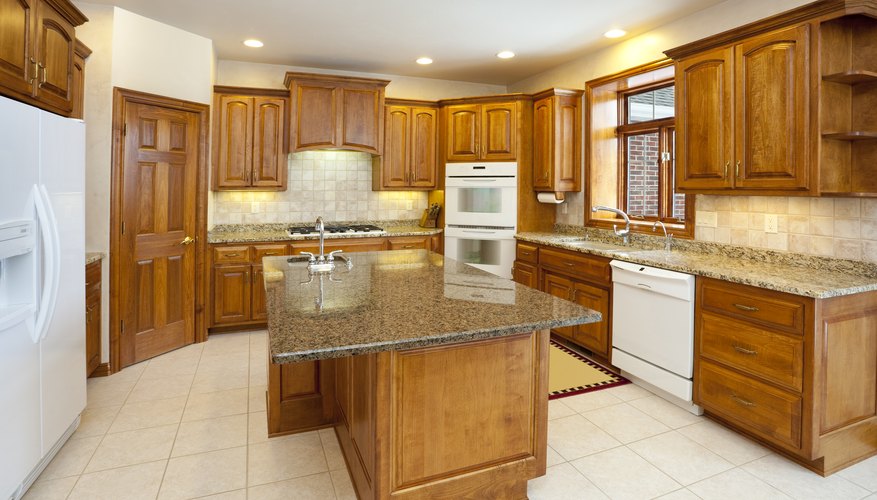
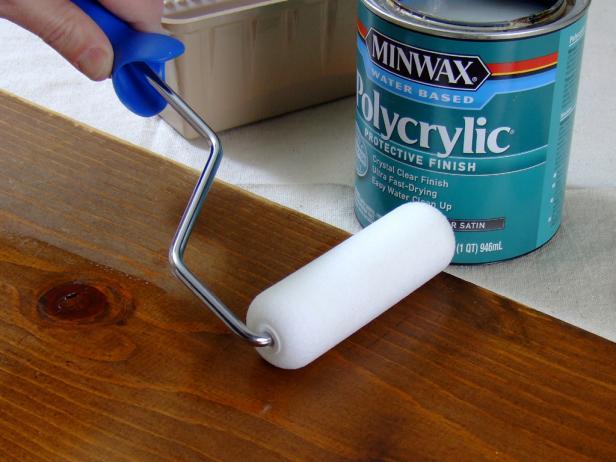

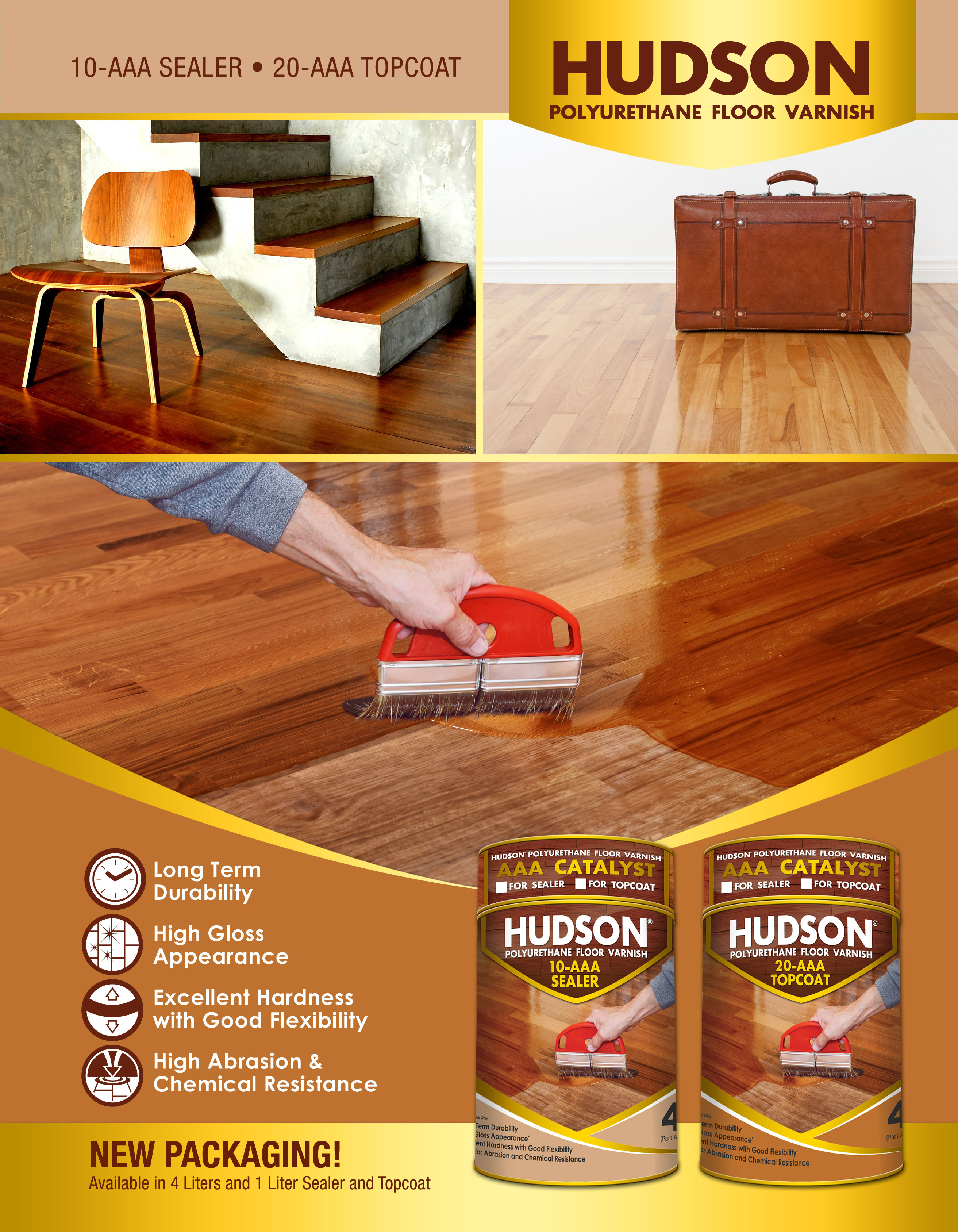



:max_bytes(150000):strip_icc()/GettyImages-183771871-dd1b7eb9d6d74b61a7c57dcb61e280fc.jpg)


